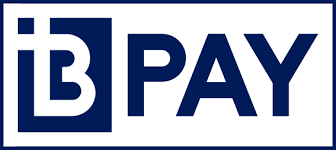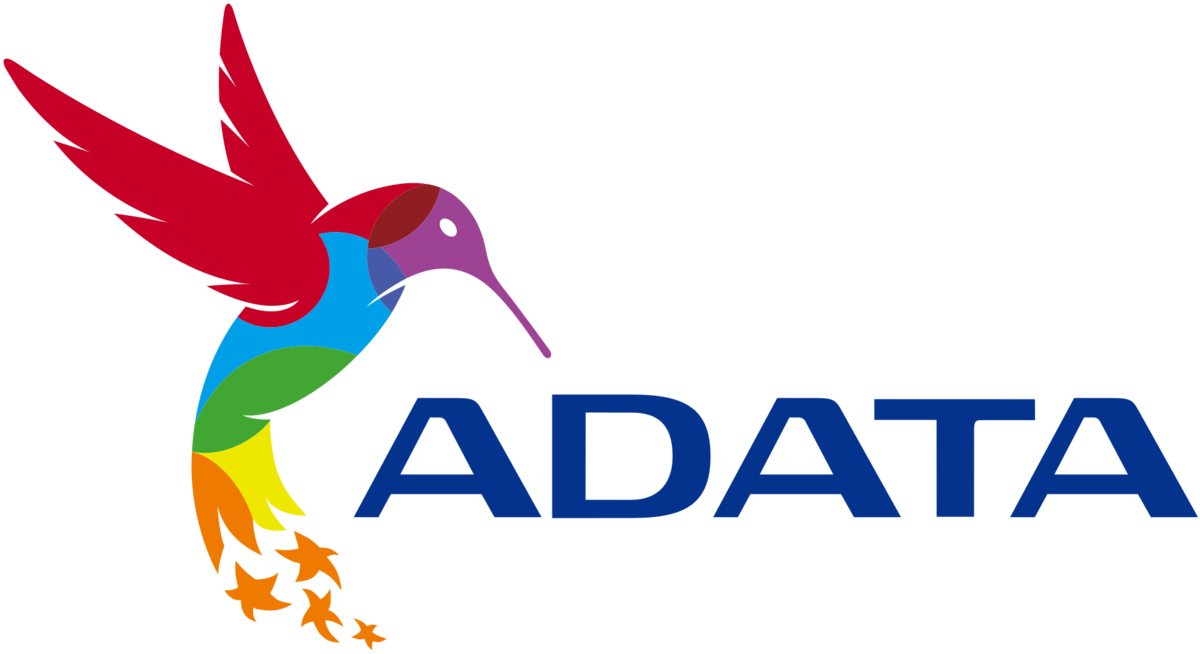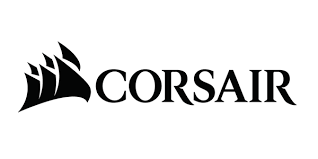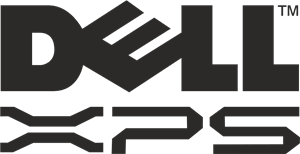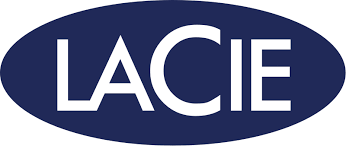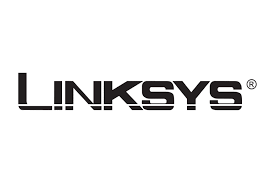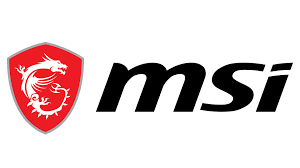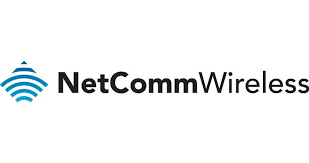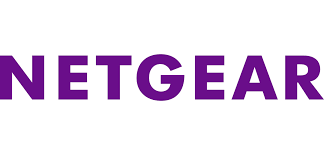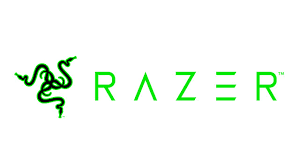Ransomware as a Service Is the New Big Problem for Businesses
Ransomware as a Service (RaaS) is an uncommon form of SaaS (Software as a Service) used by cybercriminals to attack vulnerable business systems. RaaS model works mainly with affiliates using ransomware tools developed to perform the attacks. Like all SaaS models, RaaS users don’t require any experience or skills to develop and execute it. Therefore, even the most inexperienced hackers can still perform complex cyberattacks.
Statistics show that ransomware attacks increased by 41percent in 2019 alone, with over 200,000 businesses losing their crucial data files.
Additional facts also indicate that any business can become a victim after every 14 seconds. According to cybersecurity research, almost 66 percent of ransomware attacks analysed during the year 2020 originate from RaaS model cybercriminals.
These figures indicate how RaaS is the latest big problem for businesses. They also show how the demand for RaaS is on the rise, with many affiliate schemes participating in these attacks.
Therefore, businesses should be aware of RaaS mechanisms and their operations to avoid becoming victims of cybercrime attacks.
What Does RaaS Attack Imply on Businesses?
So many cybercriminals intend to capitalise on Ransomware attacks since it a profitable opportunity. However, most of the involved cyber gangs lack the coding ability to distribute their attacks. Therefore, RaaS developers sell or hire malicious software, mainly using dark web users to execute attacks.
Ransomware developers’ competition can cause creators to offer special deals to aspiring criminals, even creating damaging impacts to potential businesses.
Although most RaaS models and ransomware attacks are successful, businesses can still avoid falling prey to such attacks by implementing cybersecurity protocols. These include avoiding public access to Remote Desktop Protocol or using easily identifiable passwords to limit public access.
Businesses can also improve their security technologies by protecting their network from ransomware attacks using multi-authentication procedures to limit attackers’ access. Identifying and protecting vulnerabilities, including possible security breaches, and implementing powerful security systems also deny access to cybercriminal attacks.
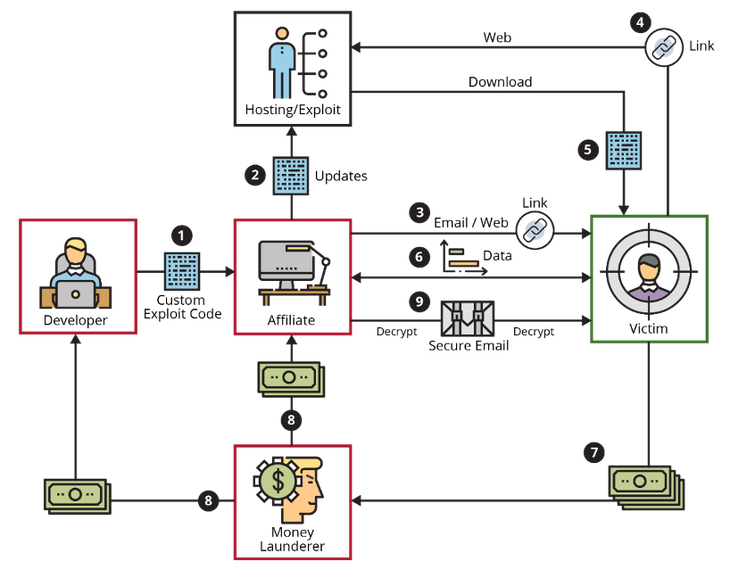
How the RaaS Model Works
For the model to function, a skilful developer codes the ransomware with reputable features to convince affiliates to sign up and spread them.
Professional RaaS developers create ransomware with high success rates while evading detection. After development, they adapt it to a multi-end user setup and ready to license it to many affiliates. Since its income model operates as a SaaS solution, affiliates can easily sign-up with the required costs, such as monthly commissions.
Some affiliates are given onboarding documentation to show them how to launch attacks. Most affiliates are recruited using dark websites and forums.
New affiliates have access to custom exploit codes to perform unique attacks, disguising them from detection. The sites hosting the RaaS programs for the affiliate codes can then access these codes. Eventually, RaaS users can easily initiate ransomware attacks after updating the affiliate hosting site.
How RaaS Attacks Work
Most ransomware victims come through phishing emails. Phishing is a fraudulent practise of stealing sensitive information, such as passwords and credit card details. Criminals usually perform phishing activities by mimicking themselves as trustworthy, reputable sources.
Victims usually receive phishing emails that appear legitimate. But once they click such links unknowingly, it activates the cyber threat attacks.
RaaS affiliates have very persuasive phishing emails to perform attacks to redirect victims to exploit sites to launch the ransomware process.

Why Small Businesses Should Get Concerned About RaaS
With advancements in technology, most businesses adopt online concepts such as cloud data storage and online payment portals.
It’s the reason why cyber-crimes such as RaaS continue advancing with technology.
For cybercriminals, the internet provides easy access to execute their perfect attacks. They usually exploit vulnerable points and cause serious damage to enrich themselves. Therefore, with lots of online businesses coming up every day, most unaware ones can easily fall into potential victims.
Previously, cybercriminals focused on huge businesses, hospitals, and colleges, since they could afford to pay ransoms easily after successful attacks. Currently, any businesses from small to big ones can be easy targets, with research showing small businesses’ targets reaching about 71 percent.
Small businesses are the prime source of attacks since they are unaware of RaaS processes. Additionally, exploiting massive small businesses can create high returns rather than huge businesses, which already have enough tech infrastructure in place to prevent RaaS attacks.
Besides, most businesses, especially startups or small ones, usually lack adequate security mechanisms to stop ransomware. It means they are easy targets for RaaS exploitation. Any company that operates online is also at high risk of attacks.
The Costs of a Ransomware Attack
Most businesses affected by ransomware attacks experience significant interruptions, profit losses, customer loss, and advancement growth. At times, businesses prefer to pay ransoms as the cheapest recovery option. However, ransom payments don’t guarantee full-data restoration since cybercriminals are untrustworthy.
The resulting ransomware consequences may cause long-lasting damage due to the loss of valued clients, vendors, business information, and even business closure.
Therefore, ransomware costs can be very expensive, so businesses should prevent attacks early enough than face the consequences.
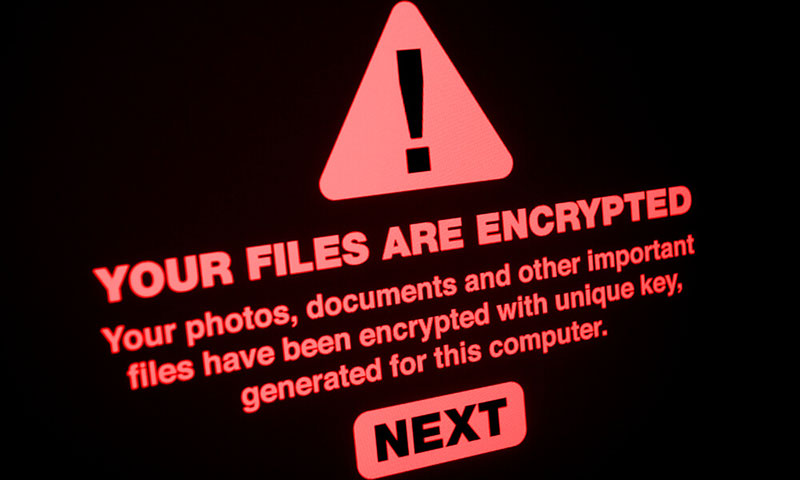
How Businesses Can Prevent Attacks
Although RaaS is a tricky cyber threat, businesses can develop techniques to prevent them. The following are a few basic security measures to prevent attacks.
- Investing in an antivirus tool and performing regular scans using an updated antivirus program.
- Ensuring the firewall protects your device from ransomware attacks and security breaches.
- Educating your staff and end-users on best security practices such as identifying phishing attacks.
- Ensuring you perform offline regular data backups and safe storage apart from online storage backups.
- Giving employees limited admin privileges, including filtering emails from phishing spam.
- Avoiding clicks from spam links from emails, website pages, and google docs.
- Ensuring all software and devices have regular updates and patches.
- Introducing Software Restriction Policies (RSP) to ensure programs don’t run in common ransomware settings.
Conclusion
Many businesses are adopting online models as technology advances, making it easy to perform everything online. However, RaaS models pose a great threat for businesses, and some have completely collapsed due to severe damage caused by ransomware attacks.
Fortunately, businesses can avoid getting into RaaS victims by implementing strong security mechanisms to prevent attacks. Moreover, new online businesses should be keen since they are most vulnerable. Hiring cybersecurity experts can also ensure your business is safe and secure from any threats.
References
- https://purplesec.us/resources/cyber-security-statistics/ransomware
- https://www.group-ib.com/resources/threat-research/ransomware-2021.html
- https://www.techtimes.com/articles/245791/20191022/71-of-ransomware-attacks-target-small-businesses-are-you-ready.htm
Written by The Original PC Doctor on 5/4/2021.















